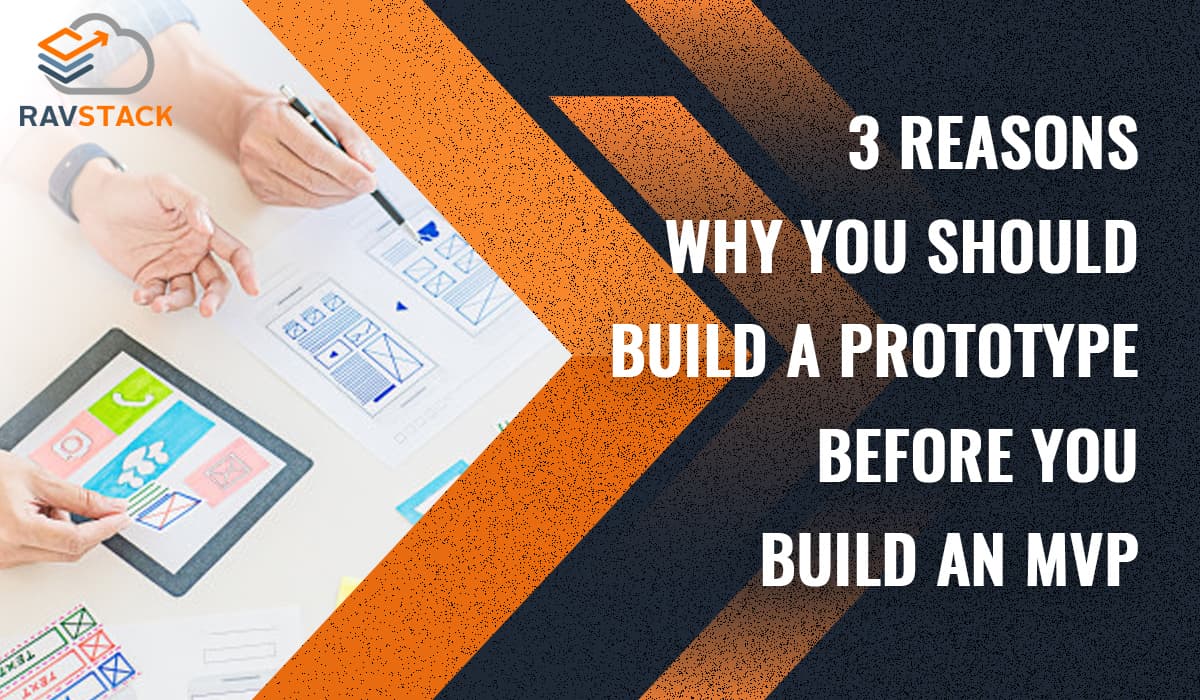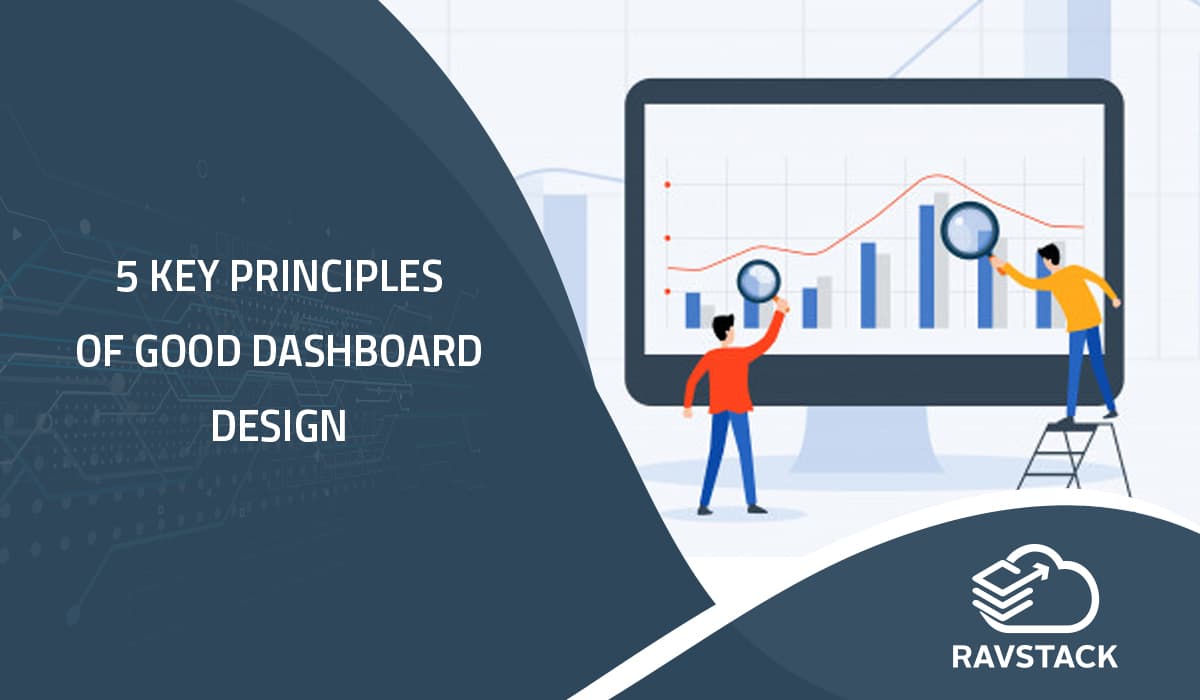
 August 26, 2020
August 26, 2020
 9 mins read
9 mins read
3 Reasons why you should make a prototype before building an MVP
What is the Minimum Viable Product (MVP)? An MVP is a product with a collection of features that are very […]
 Product development
Product development
 Data Visualization
Data Visualization
 September 2, 2020
September 2, 2020
 7 mins read
7 mins read

The term “Dashboard” was adopted from the automobiles vertical but has helped the IT industry in leveraging their businesses. Dashboards are an extraordinary technique to grant data and other information, especially with a client-focused, objective-driven plan that follows dashboard structure standards. They assist your business in providing ongoing outcomes by mining and extracting adequate information from the heap of data.
With emerging innovations, dashboards are continuously evolving to help in making a better and informed business decision. So, it becomes more important than ever to induce the best practices while designing a dashboard to get an adequate return on investment.
Read the blog to unveil some of the primary principles of designing the dashboard.
Table of content
Before you get into the development phase of the dashboard, it is imperative to first determine the intent of designing the dashboard. You ought to identify the purpose of designing it and achievements that you hope it will accomplish.
Thus, to gain keyhole business insights that can improvise your enterprise by bringing enduring and profitable results, it is of utmost importance to incorporate the right type of dashboard.
Here’s the list of the dashboard that is categorically divided into –
The dashboards are designed with the primary intent of monitoring every ongoing process and help the users to perform their actions effortlessly. It aims to facilitate the effective operational side of the business by keeping the stringent track of processes that change often and the current performance of all the KPIs and key metrics.
For instance, the trade businesses where users aspire to track the asset prices in real-time, operational dashboards are a must for them to enable seamless buying and selling operations.
Check out the Google Analytics Web Overview Dashboard that perfectly tracks web performance against a set of predefined metrics on an hourly basis for enhancing digital marketing strategies of the team.
The dashboard enables you to have an overview of your organization’s overall health. It acts as a reporting tool for the senior- management as it comprehensively monitors the long-term business strategies and provides a complete impact assessment on your business.
The dashboard analysis depends on the critical success factors, KPIs, and other metrics that when evaluated, helps to make informed decisions and align the actions accordingly. As a result, you can quickly summarise your business’ performance report timely.
The dashboards include volumes of organized data, making it convenient for the users to interpret the information efficiently. They facilitate effective mining of useful data, and thus this kind becomes most suitable for analysis, business intelligence, and reporting applications.
To have a better understanding, have a look at the Google Analytics tool that has become a game-changer for several enterprises in terms of analyzing the site-traffic and working accordingly.
A pivotal practice to develop remarkable dashboards is doing thorough research about your user’s needs and goals. However, creating something that a user overlooks is a total waste of time.
So, anticipating the requirements of users has become more critical to remain unique in such a challenging competition.
Speculating about the purpose of the dashboard, its usage, and the information requirement of the user helps dig the useful information that is meaningful for your dashboard.
The next objective in creating an impeccable dashboard design should be determined by the type of dashboard that will be compliant to the user’s needs and requirements. As discussed above, research which type of dashboard caters to the user requirement and then jump to the design part.
Your design is relevant only if it can effortlessly convey the correct information without inducing cognitive overload.
Good dashboard design is the outcome of in-depth research of users’ requirements and what he wants to see. Thus, it becomes critically important to spot the right metrics for your dashboards and drop every irrelevant metric due to which users can lose interest.
Said that, try to have precise knowledge and a predetermined context of the dashboard so that the type of data selected and its presentation is up to the mark.
Dig deeper to assess what details are required by the user and then give any metric a spot on your dashboard. And make a point that your dashboard must not look cluttered.
Now after assembling the metrics, your next aim should be integrating them in a way that they tell a holistic story to the user but as per their requirement. Prioritizing the information that the user wants to see on the dashboards is a great practice to incorporate.
Include the following map of practices to ensure that information slides into the user’s brain:
Highlight the problems and projected results of the dashboard only after a detailed data analysis. Target the right audience with the right piece of information.
Relevancy is the key to an excellent dashboard. Don’t induce unnecessary details and keep the information precise, understandable, and straightforward. Customized backgrounds, colorful charts can do wonders for your dashboard if implemented rightly.
Use graphics, metaphors, figures, and metrics that are in association with the intent of the dashboard and enhance the user experience.
Inclusion of a few but appropriate components like different subtitles giving bits of knowledge can leverage the whole user experience and effectively help in keeping up the interest.
The human brain grabs the visual information 6x times faster than the long paragraphs. Thus, it becomes critically important to include data visualization tools, especially for analytical dashboards. These tools tend to be the game-changer if used wisely.
They help in organizing the information in an easy to understand form and thus eliminate the cluttering of dashboards. Using pie charts, graphs, tables, and bar graphs convert the superfluous data into useful information.
Designing a dashboard structure in compliance with the practices mentioned above and standards is a strenuous, but significant task as it results in dashboards that are basic, rich, and simple for the client to interpret.
With years of experience and proficiency, RavStack is known for developing impeccable dashboards by utilizing these best and compelling dashboard plan standards.
We ensure that everyone inside your association can distinguish imperative data rapidly and thus enhance the turn of events, development, and progression of your business.
Our work speaks volumes of our efficiency that makes way for a more considerable crowd, more benefits, and a more expanded reach – the critical components of a successful business.
)
We'll get back to you within 24 hours
Talk to our expertDigital Newsletter about iOS, Android, AI, Big Data and Cloud Insights.